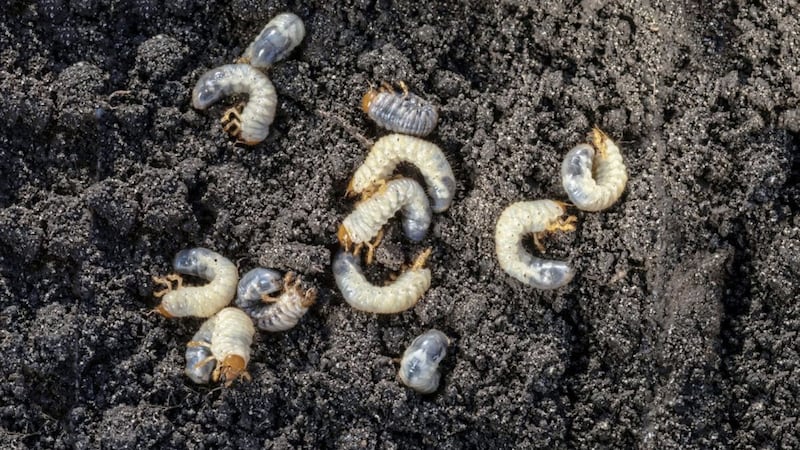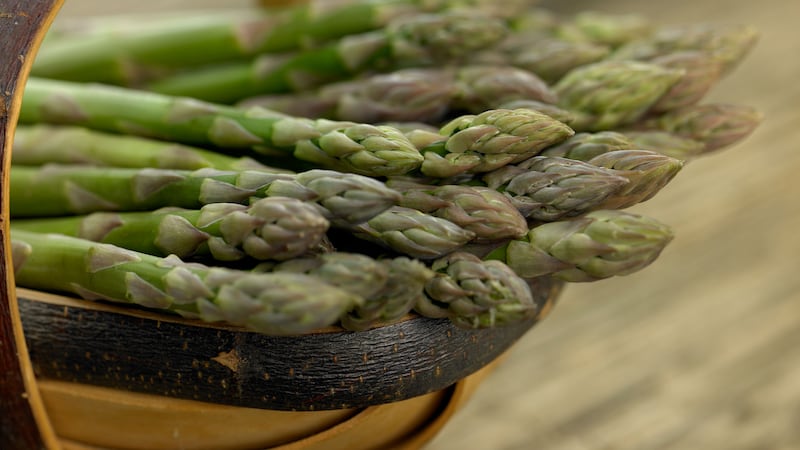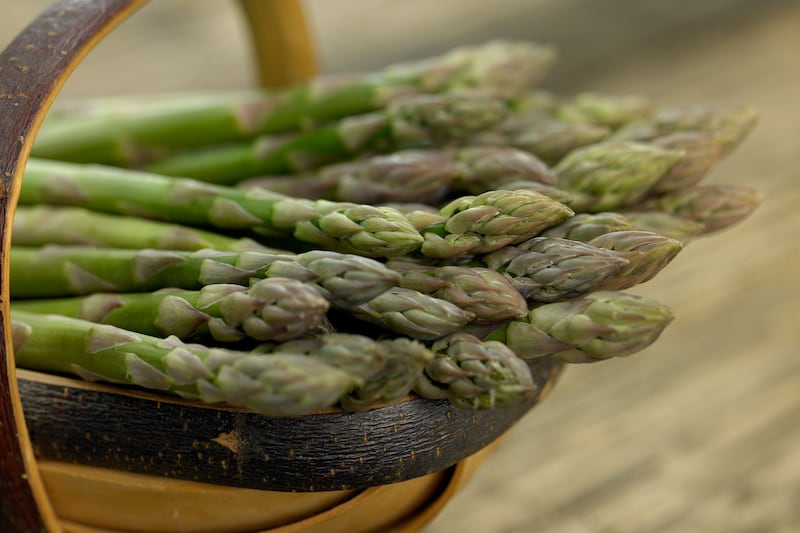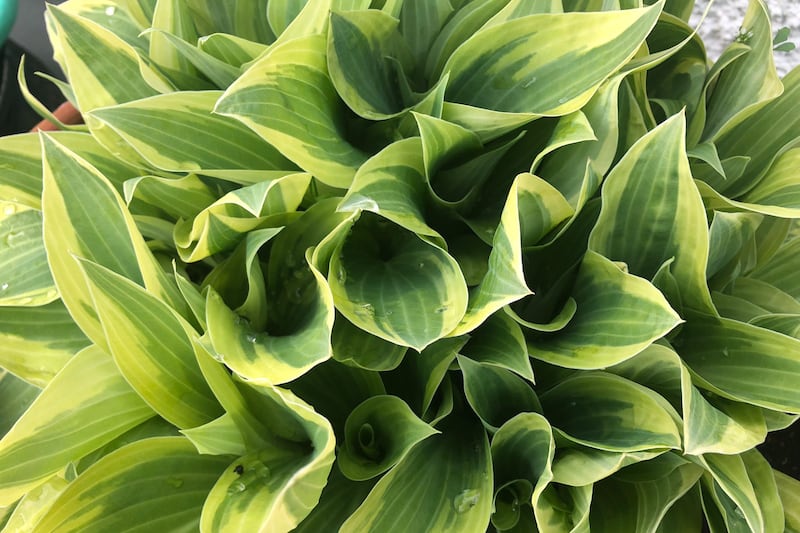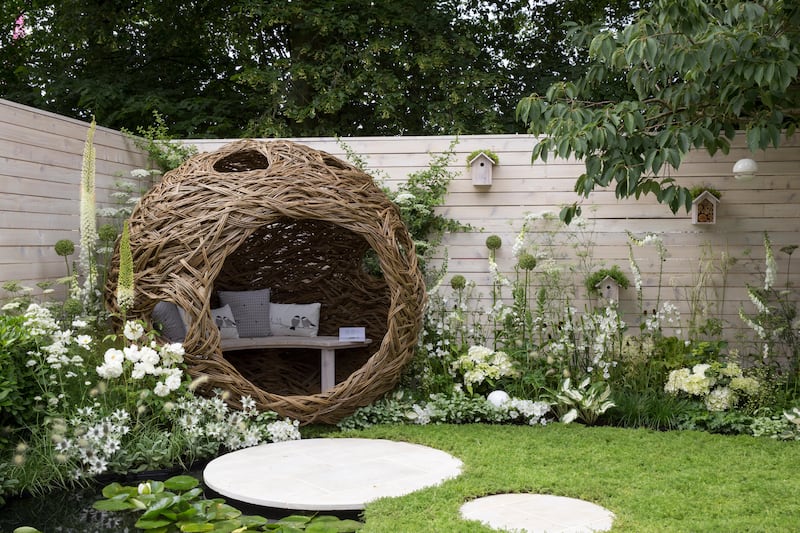IF YOU want to ditch chemical pesticides but keep control over your garden pests, nematodes may be the way to go.
Nematodes now account for 25 per cent of all domestic slug control, according to BASF, the UK's leading supplier of biological pest controls for domestic gardeners.
Here's what you need to know...
What are nematodes?
Nematodes are microscopic worms found naturally in the soil. Different species of these 2mm-long creatures tackle different pests. You won't be able to see them with the naked eye.
How do nematodes work?
Natural predators, nematodes attack the pest by entering natural body openings and releasing bacteria which help them consume it from the inside.
These bacteria multiply and cause blood poisoning, which leads to death. The host tissue is then fed on by the nematodes which multiply as they feed, and search for new hosts. You won't be able to see the pest which has been killed once they have invaded its body, as they disintegrate the pest from the inside out.
Are nematodes eco-friendly?
Organic gardening charity Garden Organic states that for the organic grower, this is a biological – not chemical – pest control. It also has the advantage of being reasonably specific to the target pest, so that other wildlife is not affected.
What pests do they tackle?
There are nematodes which can kill slugs, vine weevil and chafer grubs, leatherjackets, ants, carrot and cabbage root fly, sciarid flies, caterpillars, thrips and codling moths.
How do you apply them?
Nematodes such as Nemaslug arrive in the form of a fibrous paste. The nematodes are still alive (although you can't see them) so must be used within three days. The gardener should mix them with water (according to pack instructions), firstly in a bucket, stirring vigorously to create a stock solution, then transferring this to a watering can to sprinkle over the affected areas. The tiny creatures will then do their job before dying away naturally.
Once deployed at the right time of year for each particular pest, the army of nematodes will seek out the pest. They will then reproduce inside the corpse and the new generation of predators will hunt down further prey.
Garden Organic advises that if you use a watering can, use a coarse rose, to make sure that the nematodes don't get stuck in the holes, and keep the soil moist and warm for at least a few weeks, to make sure the nematodes remain active. You may have to make repeat applications - especially when treating slugs, for instance.
Is timing important?
Yes, very. There's no point releasing these hungry predators into the soil before the pests appear, as they will starve.
April and May are the best time to tackle slugs and vine weevil, whose larvae eat the roots of young plants and can kill it. Vine weevil beetles leave very distinctive horseshoe damage on leaves, but it's the larvae which do the most damage.
August and September are the main problem times with chafer grubs and leatherjackets. The grubs are buried in lawns and can cause awful damage when birds and badgers dig up lawns to reach the grubs, BASF states.
Apply to already moist soil, preferably at dusk as the soil is unlikely to dry out overnight.
How often should nematodes be applied?
Nematodes are recommended for use whenever larvae or grubs are present. Generally, this is during the spring and autumn. Because larvae feed on plant roots, beneath the soil surface, severe damage can be done before realising there is a problem.
Look for signs of an adult insect, such as leaf-notching. If adult insects are present, their eggs will be hatching soon. Again, you may have to make repeat applications.
Do they work best in a greenhouse?
Not necessarily, but they do need specific soil temperatures to be effective. According to the RHS, the vine weevil nematode and the slug nematode can work in a soil temperature of 5C (41F) upwards, but nematodes used against chafer grubs and leatherjackets need soil temperatures of 14-21C (57-70F).
What other biological control methods can you use?
The key is to try to keep a balance of nature, encouraging a variety of predators into the garden to keep pests at bay. For instance, ladybirds and blue tits will gorge on hoards of aphid eggs, while hedgehogs and frogs should help keep the slug and snail population down.
Are there any disadvantages to using nematodes?
Well, they are expensive – you can buy them online – and you may have to buy more again next year as they will die out once the specific pests have gone.
